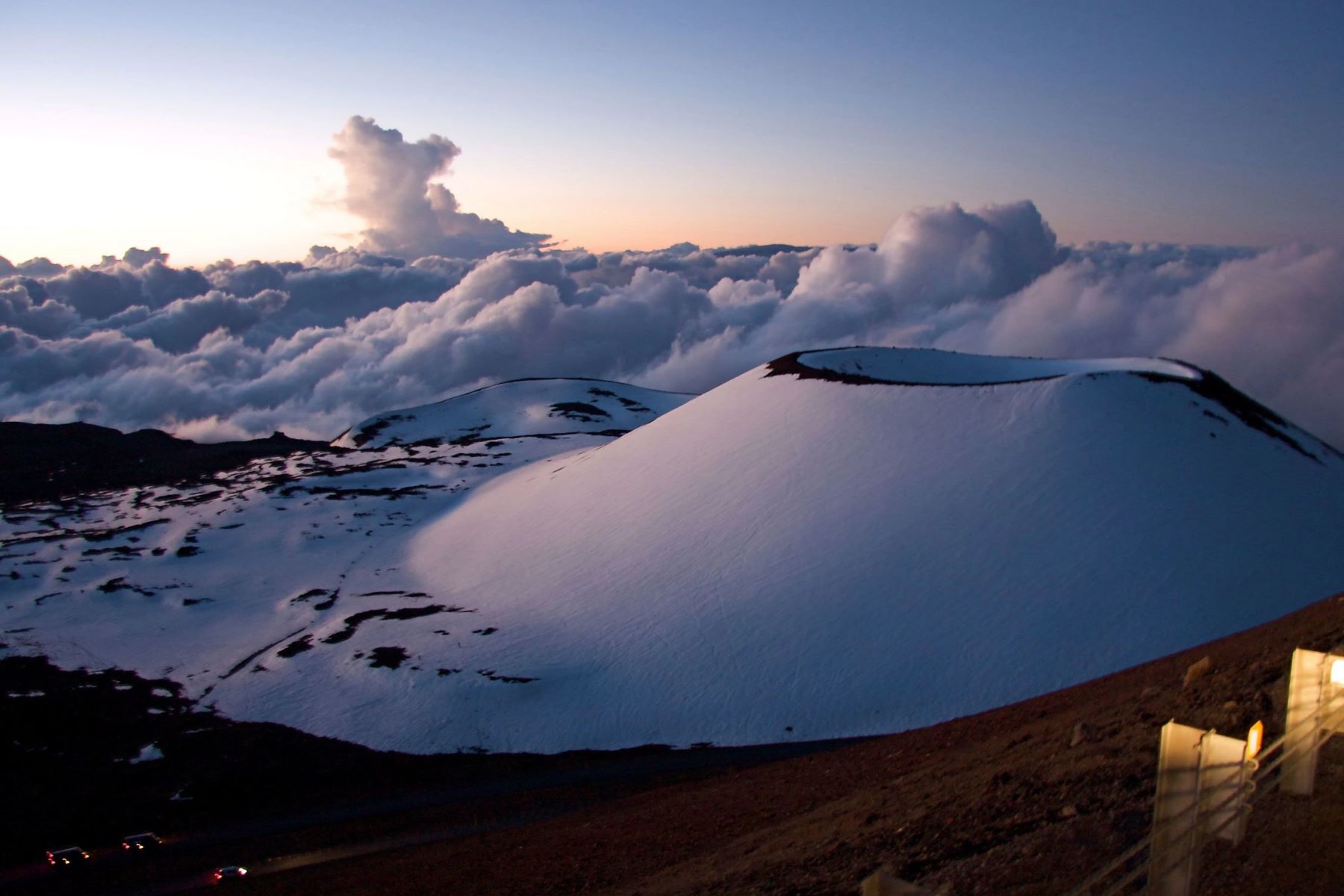Stargazing Adventure At Mauna Kea Summit

Have you ever wondered where you can find the best stargazing spot in the United States? Look no further than Mauna Kea Summit in Hawaii. This incredible destination offers some of the clearest skies and most breathtaking views of the night sky. Located on the Big Island, Mauna Kea stands tall at 13,796 feet above sea level. Its high altitude, dry environment, and minimal light pollution make it a prime location for both amateur and professional astronomers. Whether you're an astronomy enthusiast or just looking for a unique experience, Mauna Kea Summit promises an unforgettable night under the stars.
Stargazing at Mauna Kea Summit
Mauna Kea, a dormant volcano on Hawaii's Big Island, offers one of the best stargazing experiences in the world. At nearly 14,000 feet above sea level, the summit provides a clear, unobstructed view of the night sky. Here are some must-visit spots and tips for making the most of your stargazing adventure.
Visitor Information Station
Before heading to the summit, stop by the Visitor Information Station (VIS) located at 9,200 feet. This is a great place to acclimate to the altitude and gather information about the conditions at the summit.
- Visitor Information Station (VIS): Offers educational programs, stargazing tours, and telescopes for public use. It's a good spot to learn about the night sky and the observatories on Mauna Kea.
Mauna Kea Summit
The summit itself is the main attraction. Here, the air is thin, and the sky is incredibly clear. It's a perfect spot for stargazing, but remember to dress warmly as temperatures can drop significantly.
- Mauna Kea Summit: Offers unparalleled views of the stars, planets, and galaxies. The summit is home to some of the world's most advanced telescopes, although public access to these is restricted.
Stargazing Programs
Several organizations offer guided stargazing programs. These programs provide telescopes, expert guides, and a wealth of knowledge about the night sky.
Mauna Kea Observatories Support Services: Offers guided stargazing programs with knowledgeable guides who can point out constellations, planets, and other celestial objects.
Commercial Stargazing Tours: Various companies offer stargazing tours that include transportation, equipment, and expert guides. These tours often provide hot drinks and snacks to keep you comfortable during your stargazing experience.
Safety Tips
Stargazing at high altitudes can be challenging. Here are some tips to ensure a safe and enjoyable experience.
Acclimate to the Altitude: Spend time at the VIS to acclimate before heading to the summit. Altitude sickness can be a serious issue.
Dress Warmly: Temperatures at the summit can drop below freezing, even in summer. Wear layers, including a hat and gloves.
Bring Snacks and Water: Staying hydrated and having snacks can help prevent altitude sickness and keep you comfortable.
Check Weather Conditions: Weather can change rapidly at high altitudes. Check the forecast and be prepared for sudden changes.
Best Times for Stargazing
Timing is everything when it comes to stargazing. Knowing the best times to visit can enhance your experience.
New Moon Nights: The absence of moonlight makes the stars appear brighter. Plan your visit around the new moon for the best stargazing conditions.
Winter Months: The air is clearer and more stable during winter, providing better visibility. Plus, the Milky Way is more prominent in the winter sky.
Photography Tips
Capturing the beauty of the night sky can be challenging but rewarding. Here are some tips for getting the best shots.
Use a Tripod: A stable tripod is essential for long-exposure shots. It helps keep your camera steady and reduces blur.
Long Exposure Settings: Set your camera to a long exposure to capture more light. Experiment with different exposure times to find what works best.
Wide-Angle Lens: A wide-angle lens can capture more of the sky, making for stunning photos of the Milky Way and constellations.
Manual Focus: Autofocus can struggle in low light. Switch to manual focus and adjust until the stars are sharp.
Respect the Environment
Mauna Kea is a sacred site for Native Hawaiians and a fragile ecosystem. Respect the environment and local culture during your visit.
Stay on Designated Paths: Avoid disturbing the natural landscape by staying on marked trails and paths.
Pack Out What You Pack In: Leave no trace by taking all your trash with you. Keep the area pristine for future visitors.
Respect Cultural Sites: Be mindful of the cultural significance of Mauna Kea and respect any areas marked as sacred.
Final Thoughts on Mauna Kea Summit
Mauna Kea Summit offers an unforgettable stargazing experience. With its high altitude and clear skies, it's a prime spot for astronomy enthusiasts. The journey to the top, though challenging, rewards visitors with breathtaking views and a sense of accomplishment. Remember to dress warmly; temperatures can drop significantly.
Local guides provide valuable insights into the stars and the mountain's cultural significance. It's not just about the stars; it's about connecting with nature and the universe. Whether you're an avid stargazer or just looking for a unique adventure, Mauna Kea Summit won't disappoint.
Plan your visit, respect the environment, and prepare for an awe-inspiring night under the stars. This destination is a must-see for anyone visiting Hawaii.

